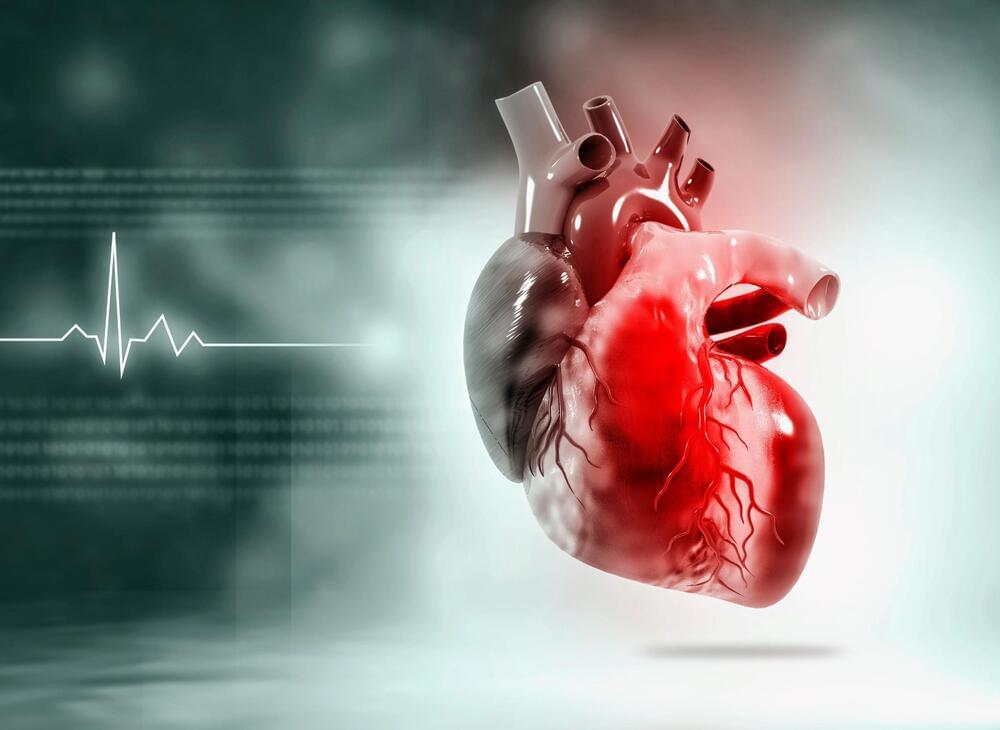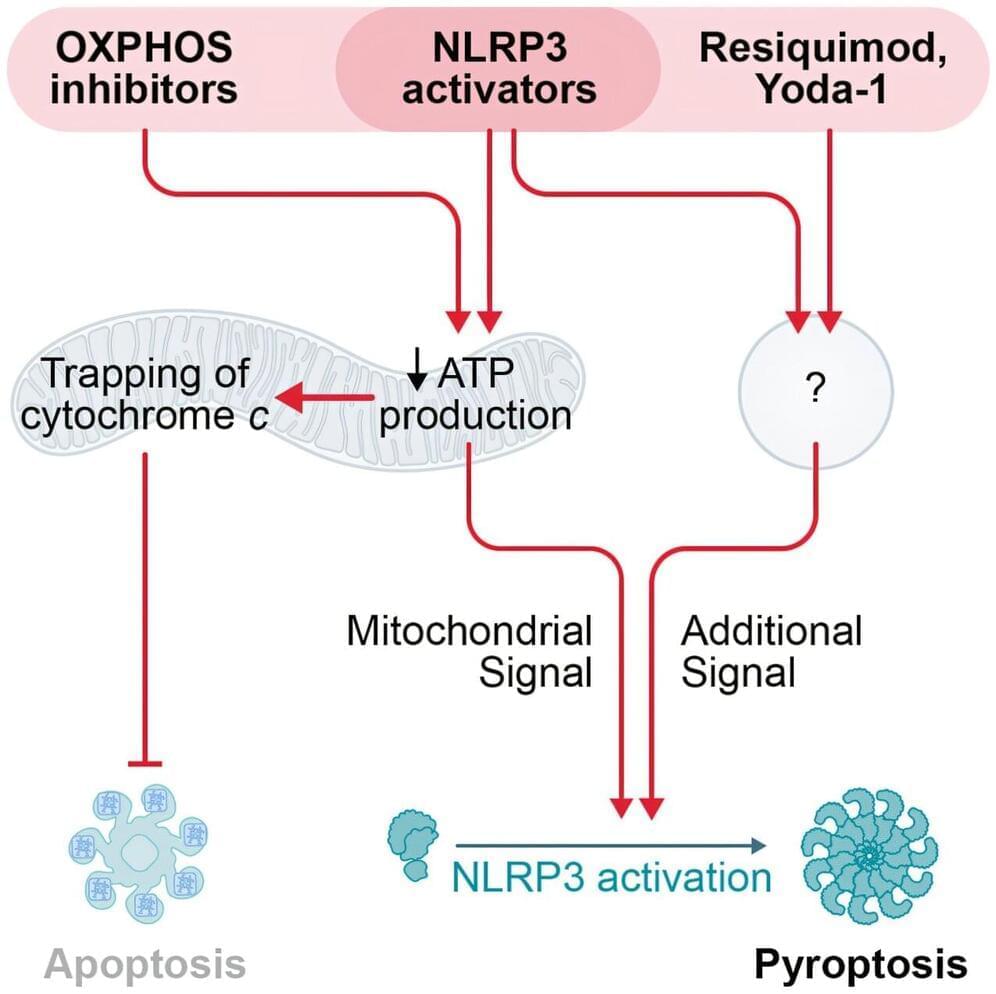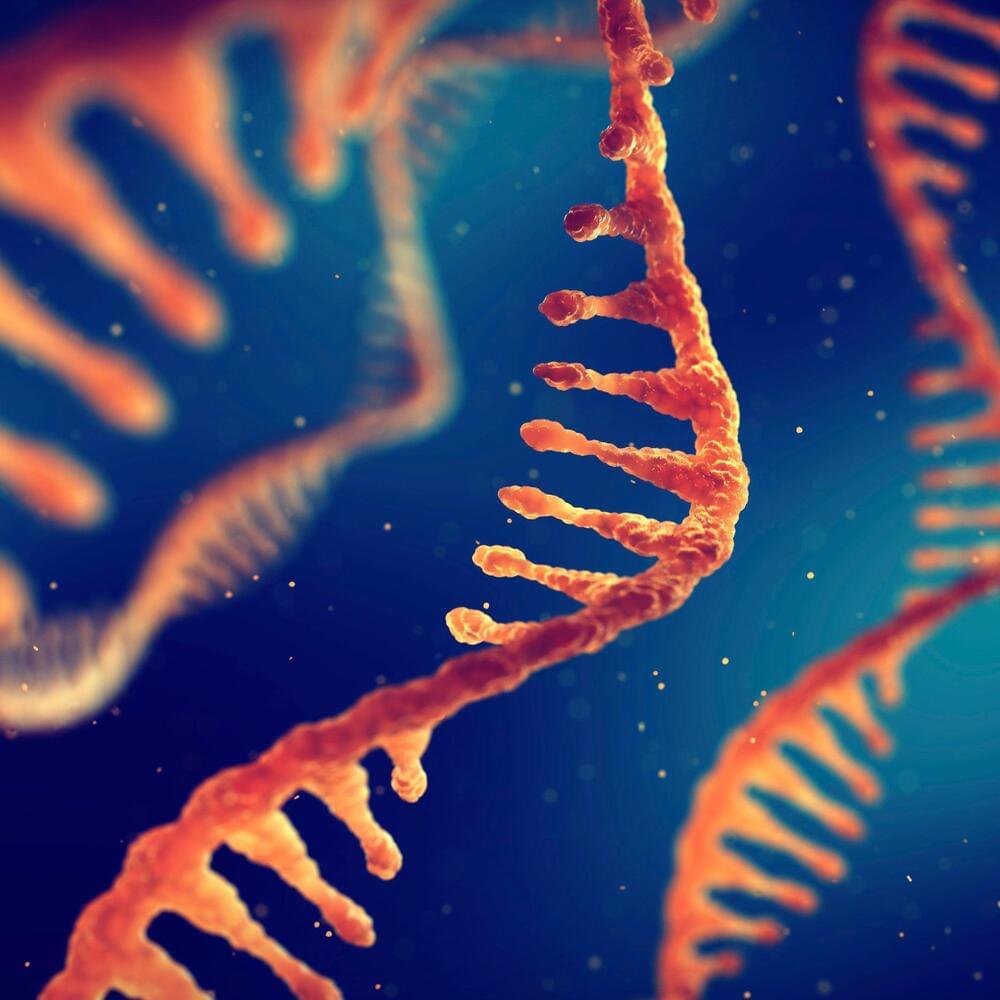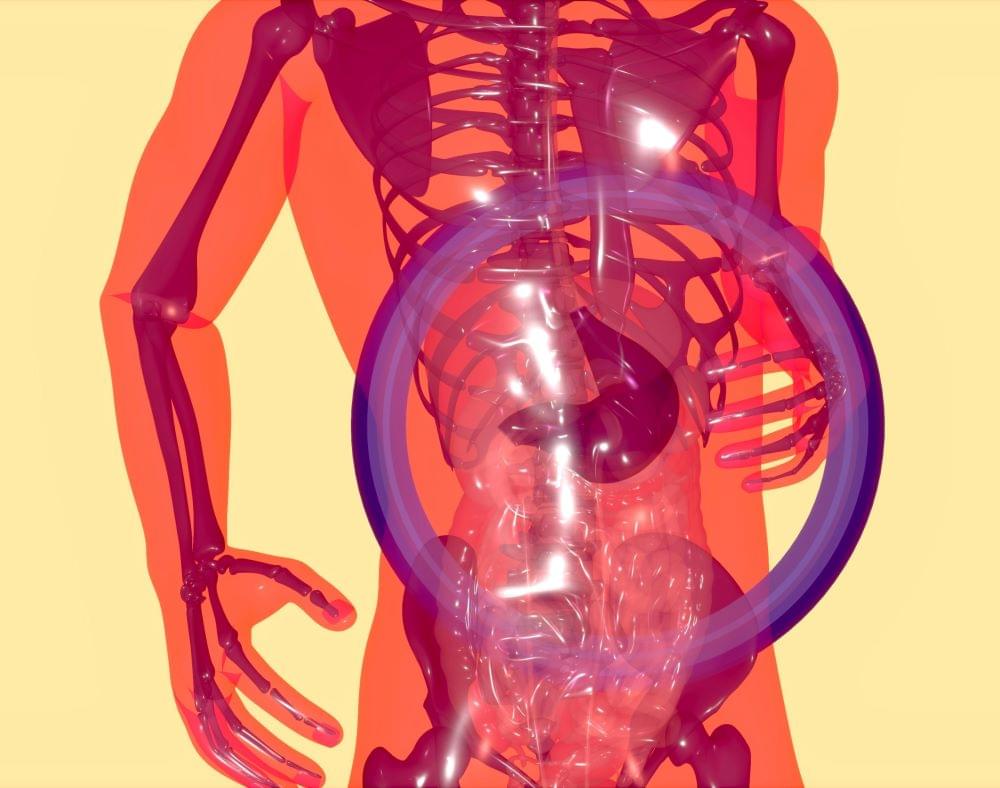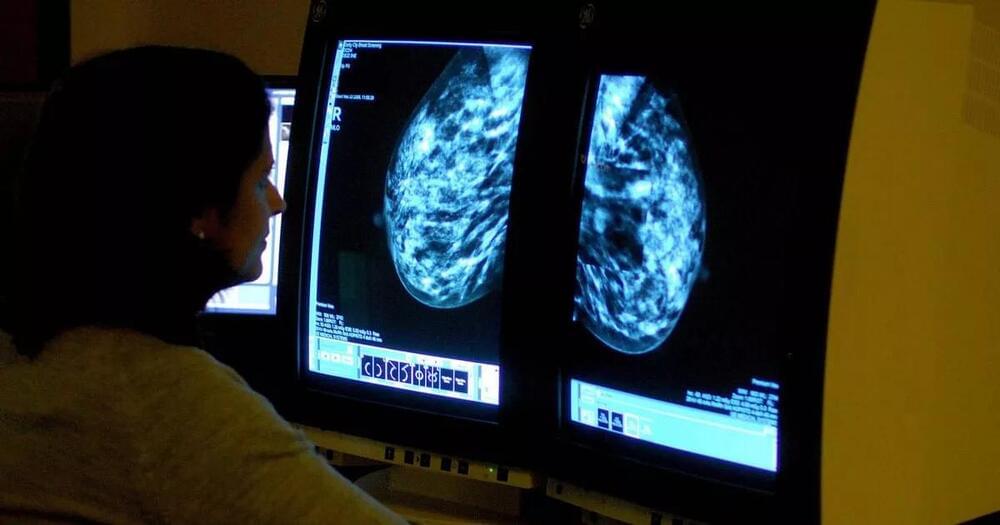The International Renewable Energy Agency says breakthroughs like this, along with others such as solar panels that work at night or China’s flywheel energy storage project, are key to cutting back on dirty energy use and creating stronger and more reliable power systems.
“Further international cooperation is vital to deliver fit-for-purpose grids, sufficient energy storage and faster electrification, which are integral to move clean energy transitions quickly and securely,” Executive Director of the International Energy Agency Fatih Birol said in an IEA report.
This new way of storing energy could deliver cleaner, more affordable energy to cities, businesses, and homes. Researchers at Rice University believe it could be widely available in five to 10 years, making renewable energy more practical and accessible.
